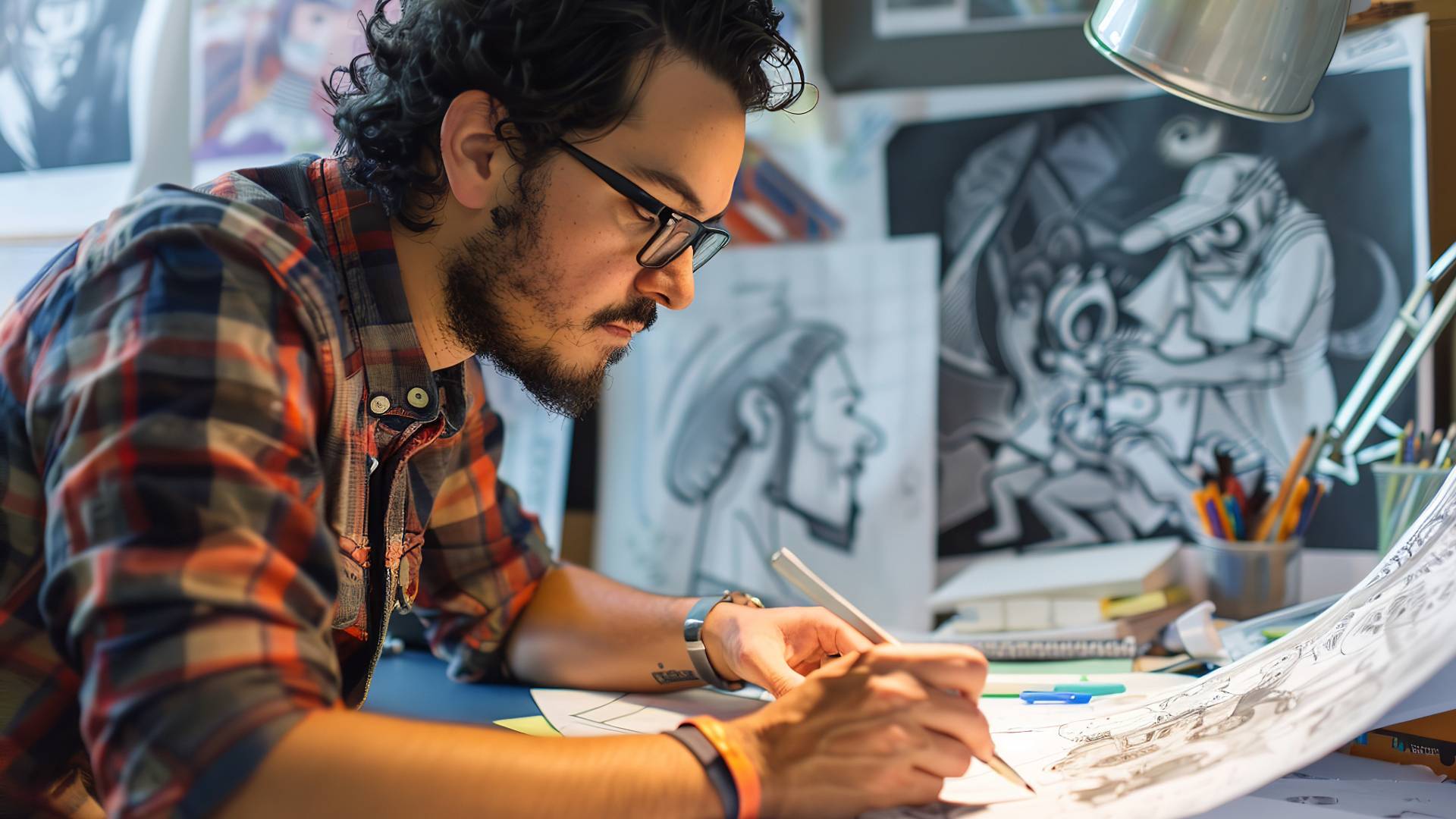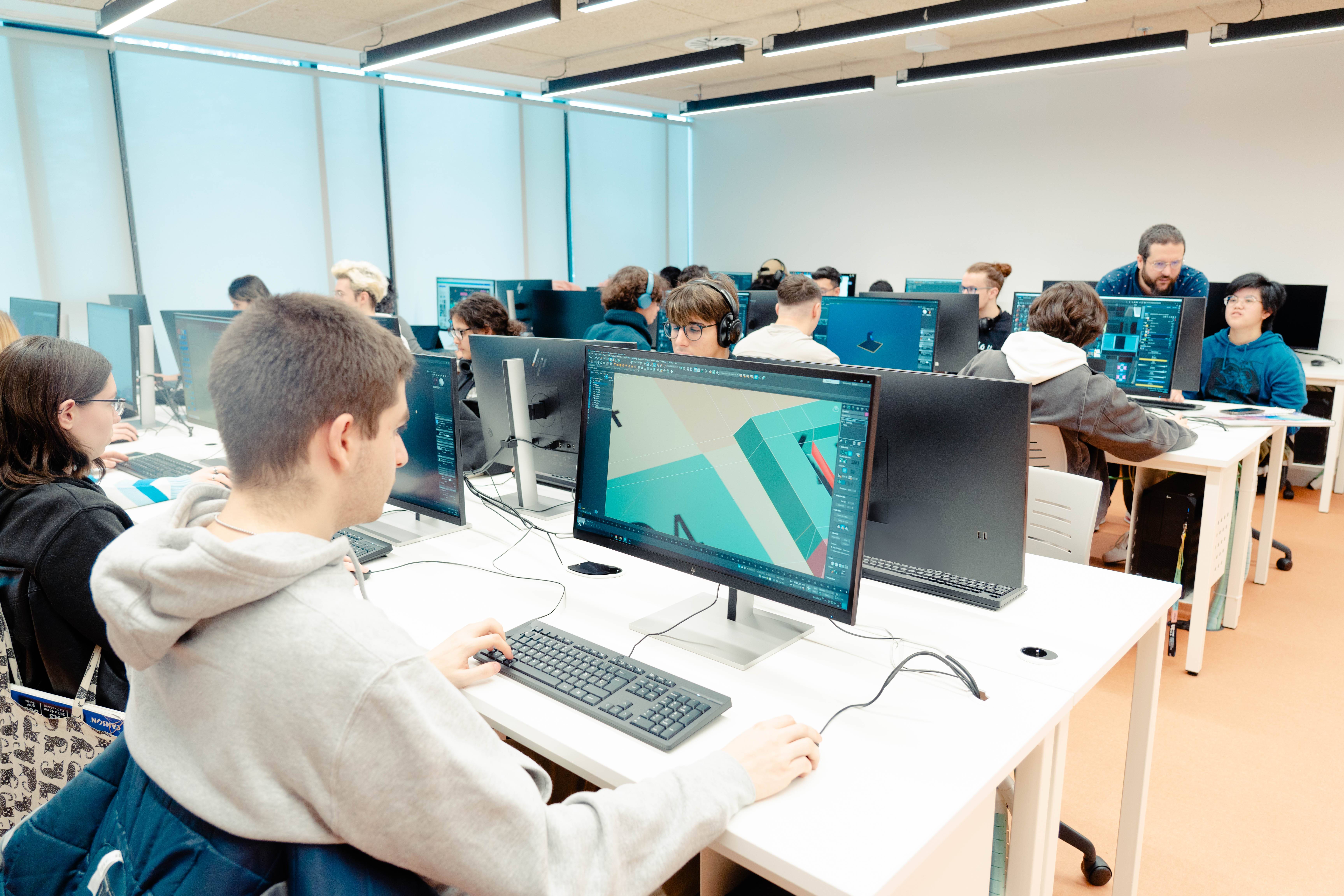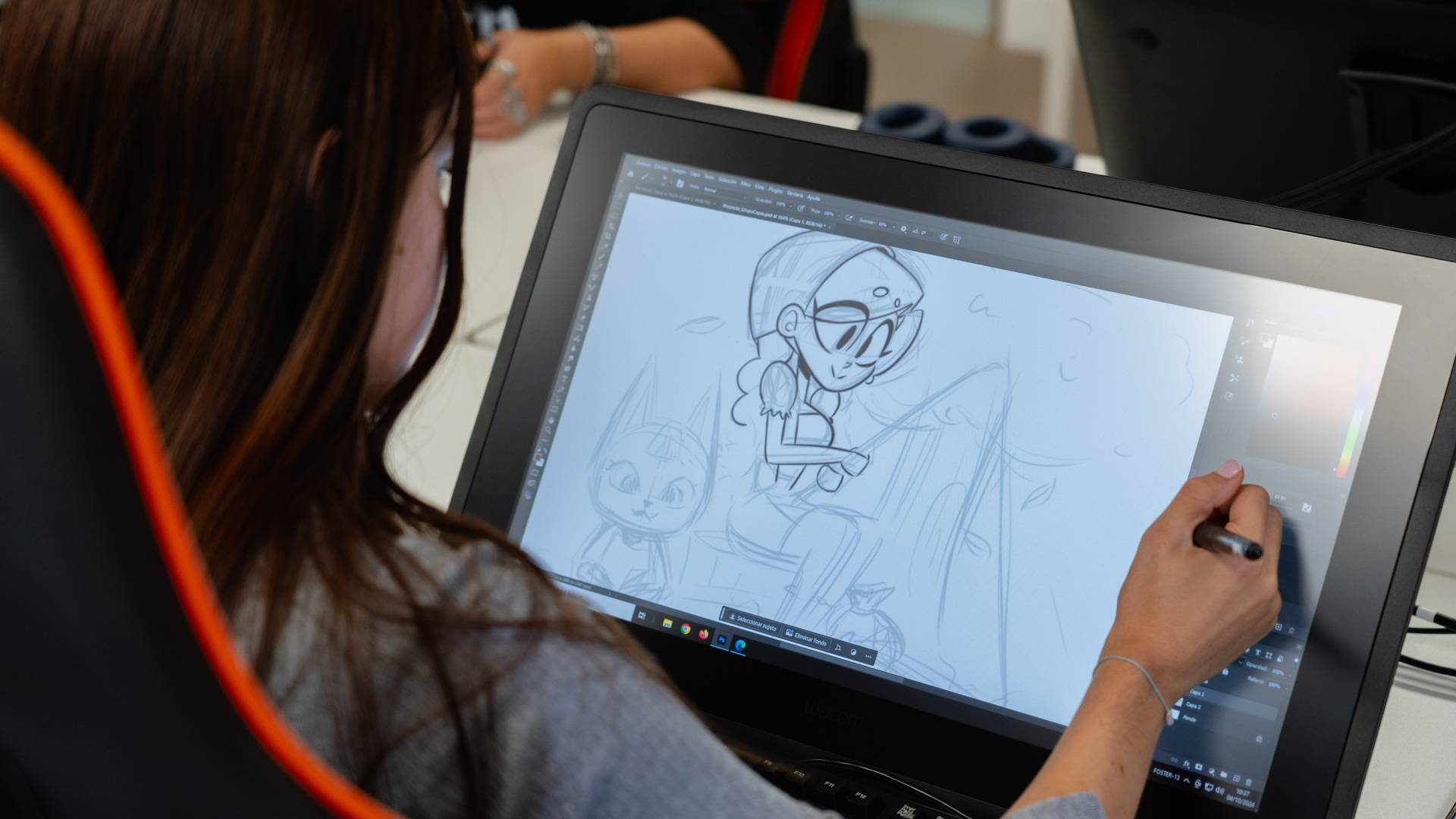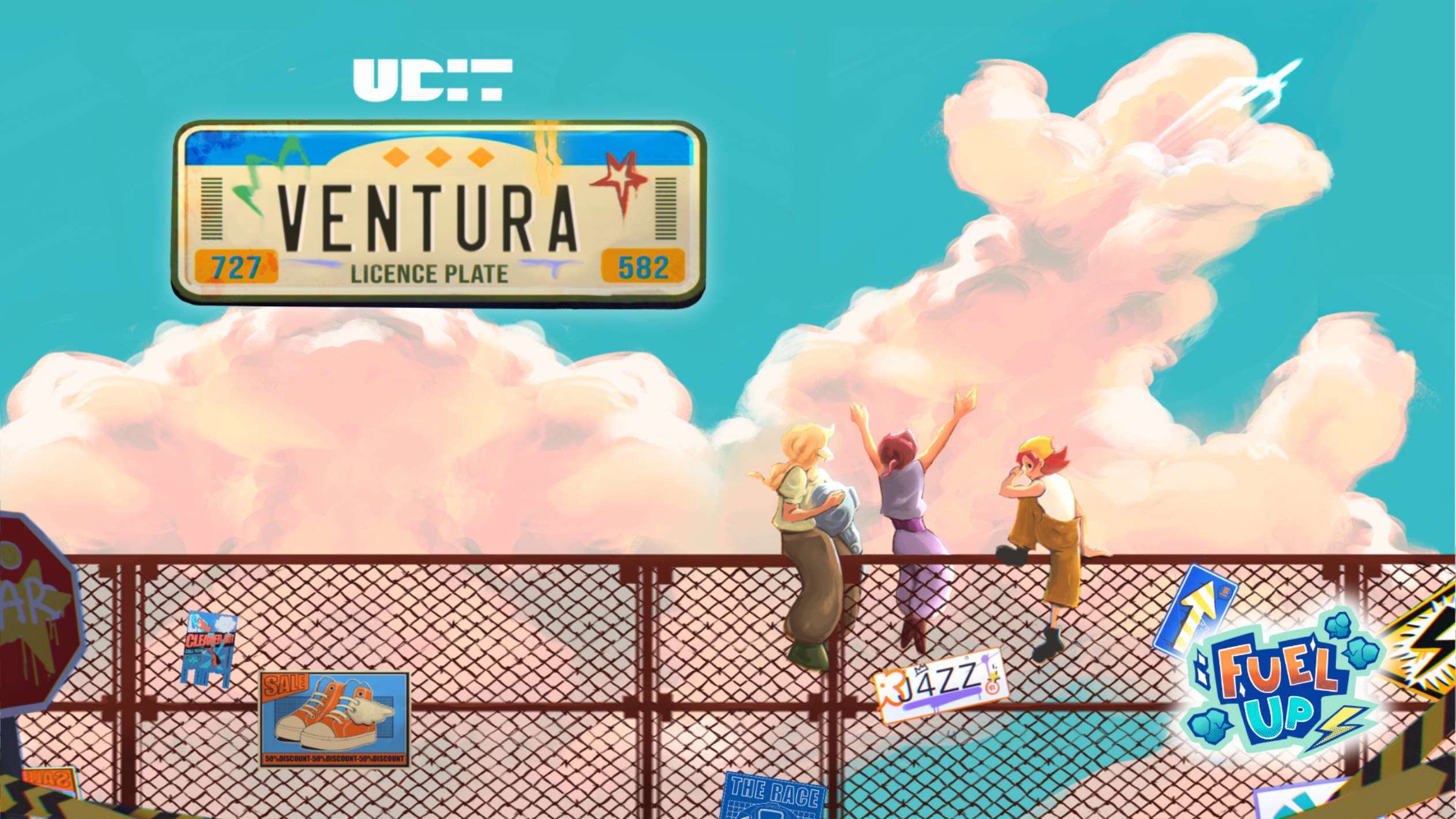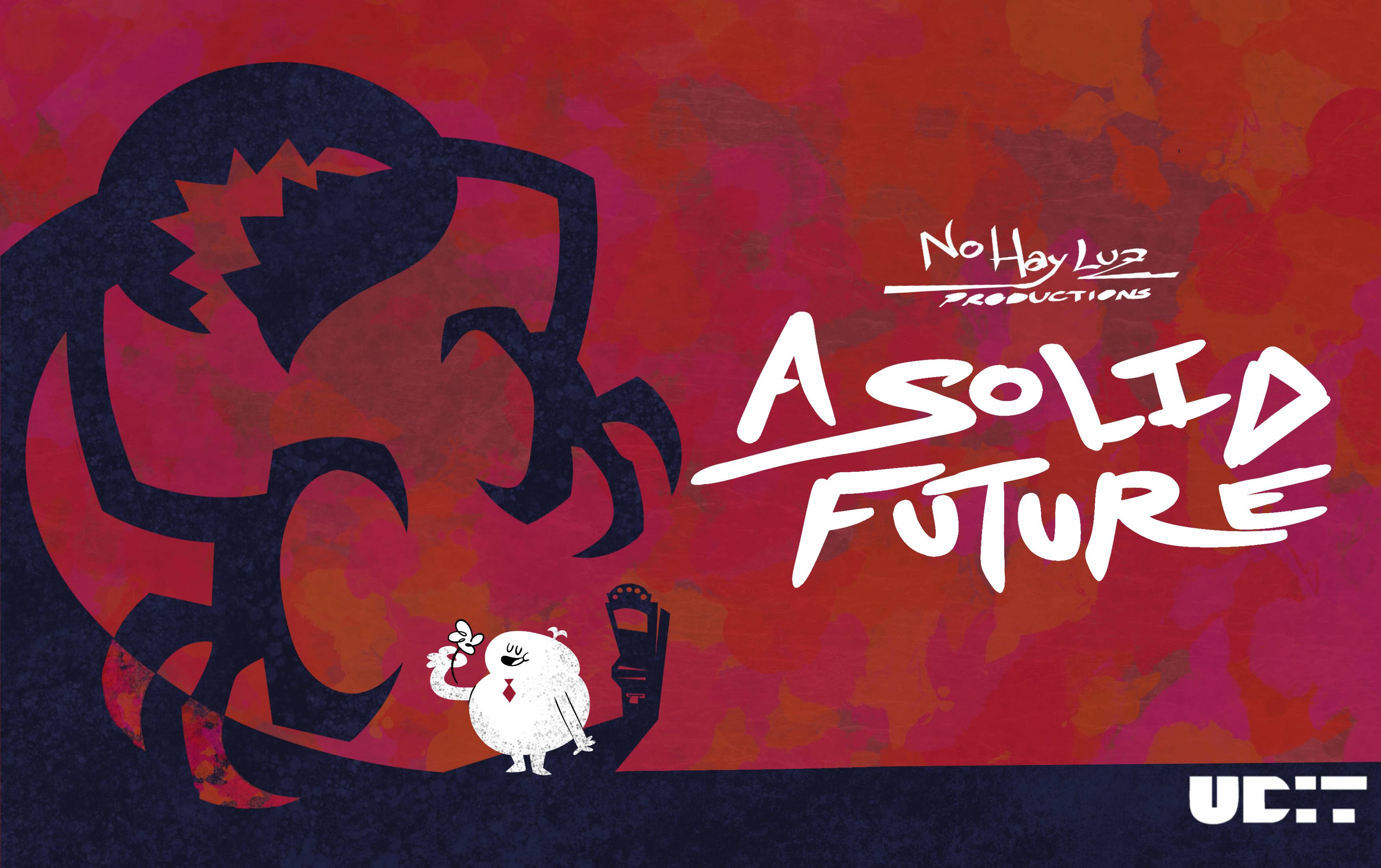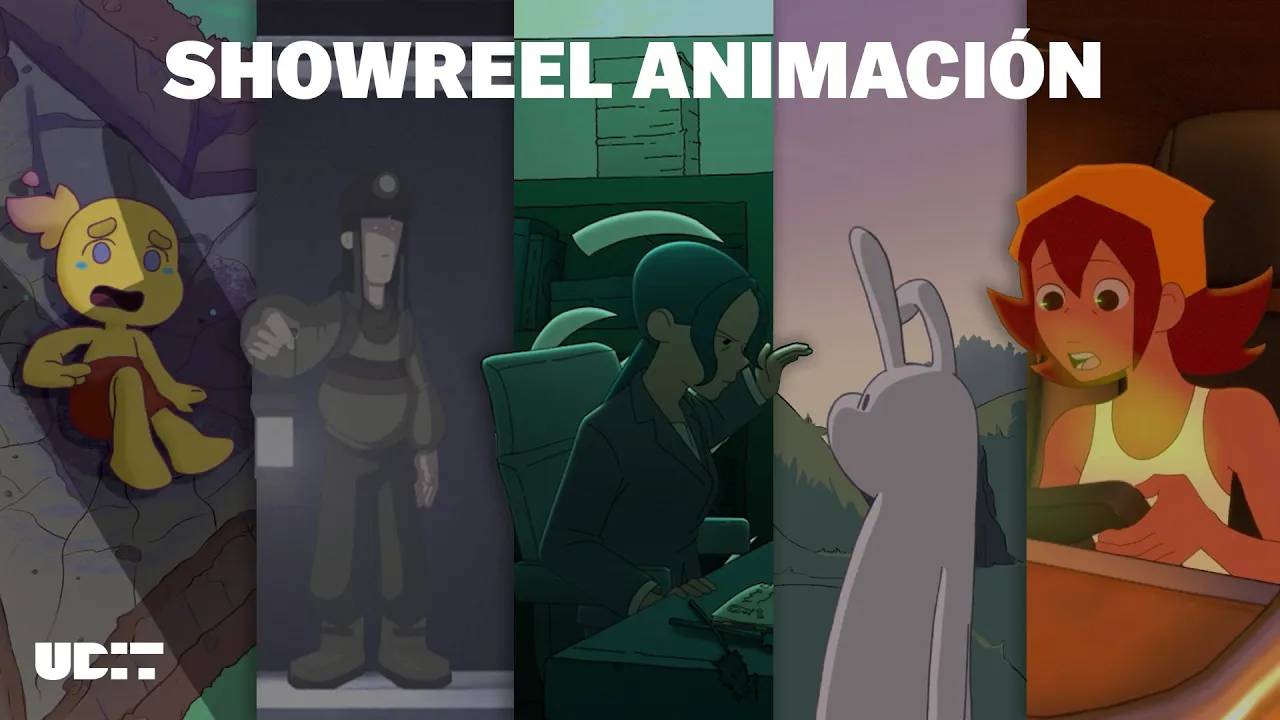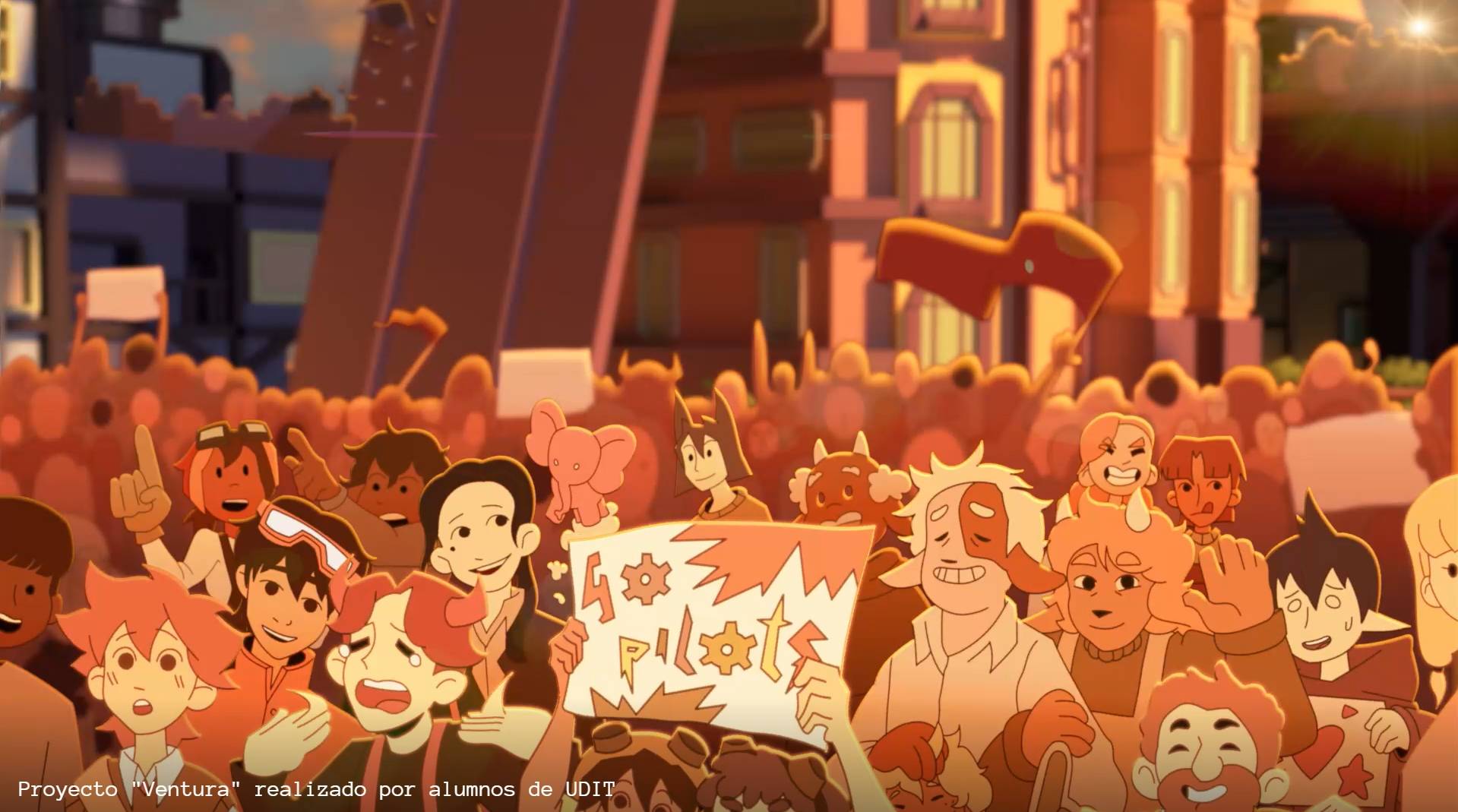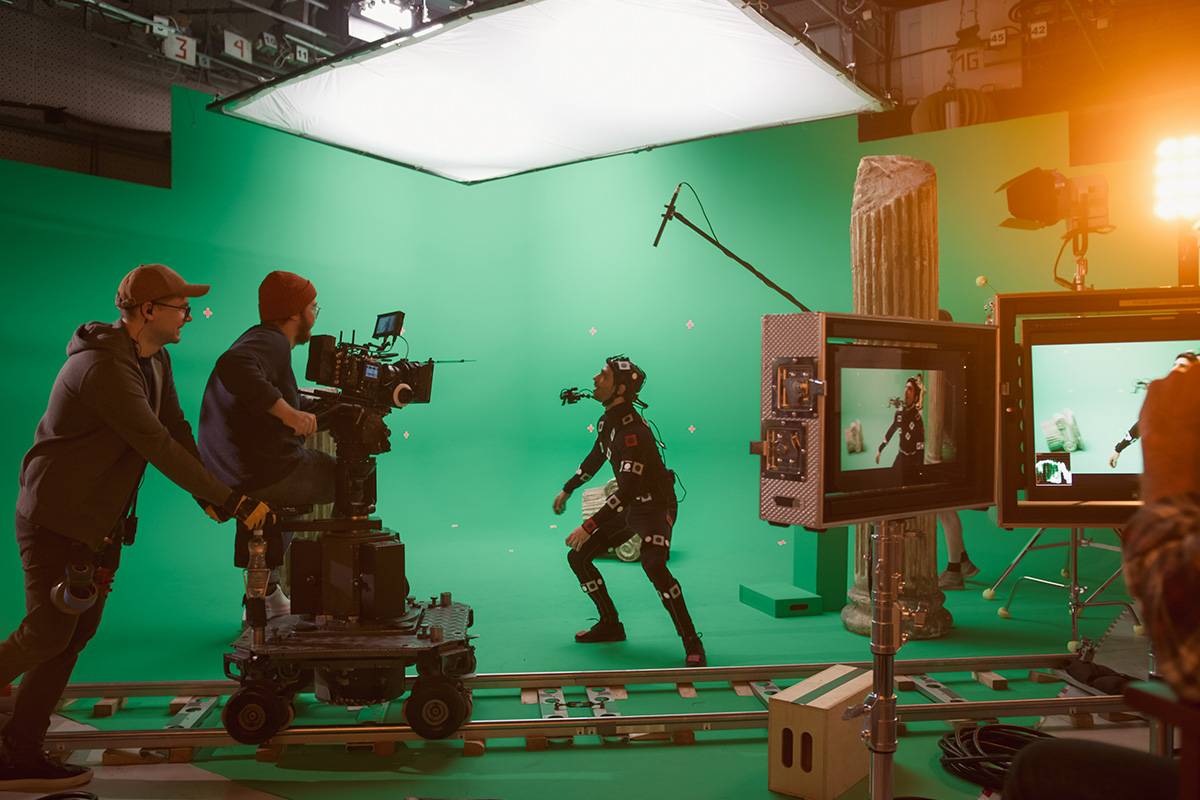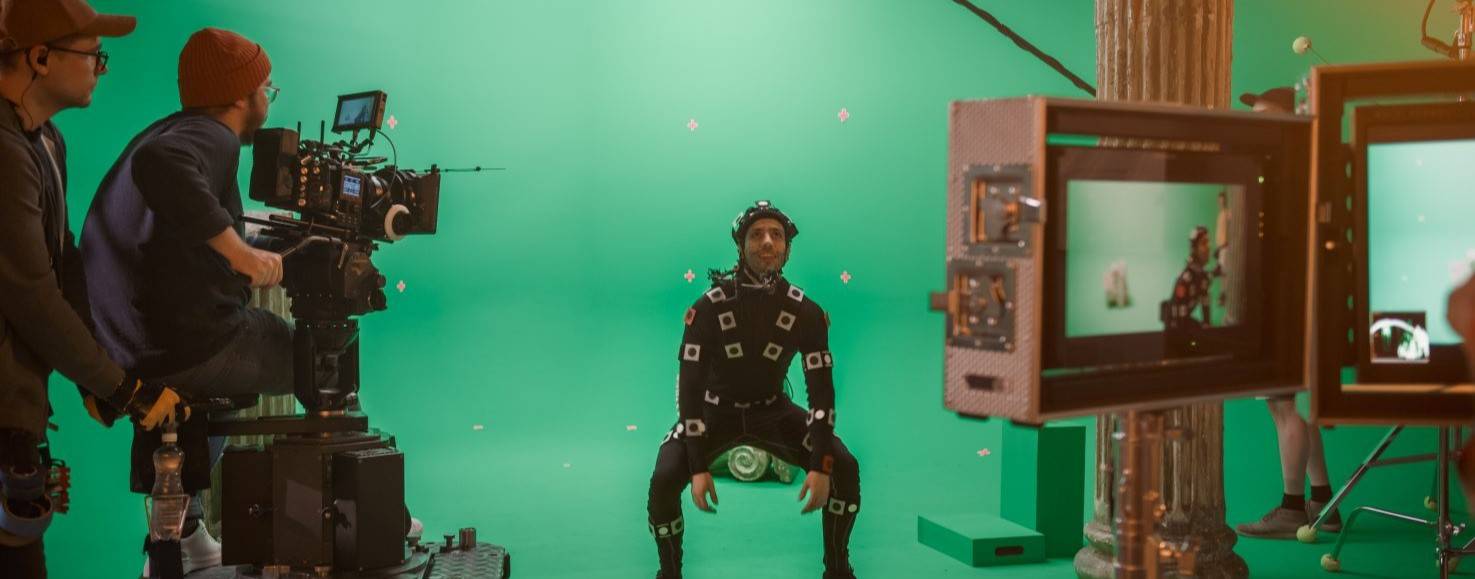What are the types of animation and what are they used for?
Animation, the art of bringing static images to life, has evolved significantly since its beginnings, offering diverse techniques that adapt to different purposes and audiences. All of these techniques can be studied on the Animation Degree we teach at UDIT. This article explores the different types of animation, their unique characteristics and their applications in various industries.
6 types of animation
Traditional animation
Features
Traditional animation, also known as hand-drawn animation or cel animation, is the oldest and most classic form of animation. This technique involves drawing each frame by hand. Originally, these drawings were made on paper and then transferred to transparent sheets of acetate called cells, which were painted and photographed in sequence on a static background.
Applications
Traditional animation is widely used in:
- Feature Films: Classic Disney films such as "Snow White and the Seven Dwarfs" and "The Lion King" were created using traditional animation techniques.
- Television Series: Iconic series such as "Looney Tunes" and "Tom and Jerry" relied heavily on this technique.
- Educational Media: Animated segments in educational programmes often use traditional methods for their nostalgic appeal and simplicity.
- Advertising: Commercials and advertisements sometimes use traditional animation to evoke a sense of nostalgia and artistic craftsmanship.
2D Animation
Features
2D animation is similar to traditional animation but uses digital tools to create the animations. Instead of drawing each frame by hand on paper, animators use software to create the images digitally. This method allows for greater flexibility and efficiency, as changes and adjustments can be made easily without having to redraw entire frames.
Applications
2D animation is commonly used in:
- Television Programmes: Modern cartoons such as "The Simpsons" and "Adventure Time" are created using 2D animation techniques.
- Web Animation: Many web animations and advertisements use 2D animation because of its efficiency and ease of production.
- Mobile Applications: Animated elements in mobile applications, such as icons and tutorials, often use 2D animation for user engagement.
- Independent Films: Independent filmmakers often use 2D animation due to its lower cost compared to 3D animation.
3D Animation
Features
3D animation involves creating characters and environments in three-dimensional space using computer software. Unlike 2D animation, 3D models can be rotated and moved in a virtual environment, allowing for more realistic and dynamic animations. This technique is highly detailed and requires significant computational power and skills.
Applications
3D animation is prevalent in:
- Feature Films: Movies such as "Toy Story", "Frozen" and "Avatar" are examples of 3D animation in cinema.
- Video games: 3D animation is crucial in the development of modern video games, providing realistic graphics and immersive experiences.
- Virtual Reality: Virtual reality applications rely heavily on 3D animation to create realistic and interactive environments.
- Medical Visualisation: 3D animation is used in the medical field to create detailed visualisations of biological processes and surgical procedures.
Stop Motion Animation
Features
Stop motion animation involves physically manipulating objects and capturing each frame one at a time to create the illusion of movement. This technique can use a variety of materials, including claymation, puppets and everyday objects.
Applications
Stop motion animation is often used in:
- Feature Films: Films such as "Coraline", "Jack's Strange World" and "Wallace and Gromit" showcase the art of stop motion.
- TV Specials: Christmas specials such as "Rudolph the Red Nosed Reindeer" have used stop motion techniques.
- Advertising: Creative and unique advertisements often use stop motion animation to stand out and capture the viewer's attention.
- Music Video Clips: Many music videos use stop motion to create unique and eye-catching visual effects.
Motion Capture Animation
Features
Motion capture, or mocap, is a technique that records the movements of live actors and uses them to animate digital characters. Sensors are placed on the actors' bodies that capture their movements in real time, which are then applied to 3D models.
Applications
Motion capture is used in:
- Feature Films: Productions such as "The Lord of the Rings" and "Avatar" have used mocap to create realistic and detailed characters.
- Video Games: Games such as "The Last of Us" and "Assassin's Creed" use motion capture for more realistic and fluid animations.
- Simulations and Training: Motion capture is used in military and sports training simulations to analyse and improve performance.
Time-lapse animation
Features
Time-lapse animation involves taking a series of photographs of a scene at regular intervals over an extended period of time and then playing them back quickly to show the passage of time. This technique is similar to stop motion but is mainly used to capture changes in static scenes.
Applications
Time-lapse is used in:
- Documentaries: Nature and weather documentaries often use time-lapse to show phenomena such as the growth of plants or the movement of stars.
- Film and Television Production: Time-lapse is used for visual transitions and special effects that show the passage of time.
- Music Videos and Commercials: Used to create stunning and artistic visual effects.
Each type of animation has its own unique characteristics and applications, which suit different needs and audiences. From the handcrafted magic of traditional animation to the advanced digital techniques of 3D animation and motion capture, animation remains a powerful and versatile tool in the worlds of entertainment, education, advertising and more. Choosing the right animation techniquedepends on the project, the budget, the target audience and theanimator's creative vision.
Study Animation at UDIT
Studying animation opens up a world of creative and professional possibilities, allowing students not only to unleash their imagination, but also to acquire a wide range of technical and artistic skills. In an increasingly digital world, the demand for animated content is growing exponentially, ranging from entertainment to education and advertising. Mastering animation offers the opportunity to participate in the creation of films, video games, mobile apps, and more, providing a versatile and constantly evolving career. In addition, studying animation fosters critical thinking, problem solving and teamwork, valuable skills in any professional field. In short, studying animation is a gateway to a vibrant and growing industry, ideal for those passionate about telling stories, creating imaginary worlds and bringing their ideas to life.
At UDIT we help you make your dreams come true and become an animation professional with our Bachelor of Animation.
The soul of our university lies in our students: innovators and creators by nature. In a unique environment, we promote collaboration, individual attention and active participation in both national and international competitions. As a result, both our institution and our students have been recognised at numerous prestigious events around the world. A clear example is the National Prize for Innovation and Design awarded by the Ministry of Science and Innovation, a distinction that honours us as the only university to receive this recognition .
Read more
5 trends in Animation for 2024 that you should know.

